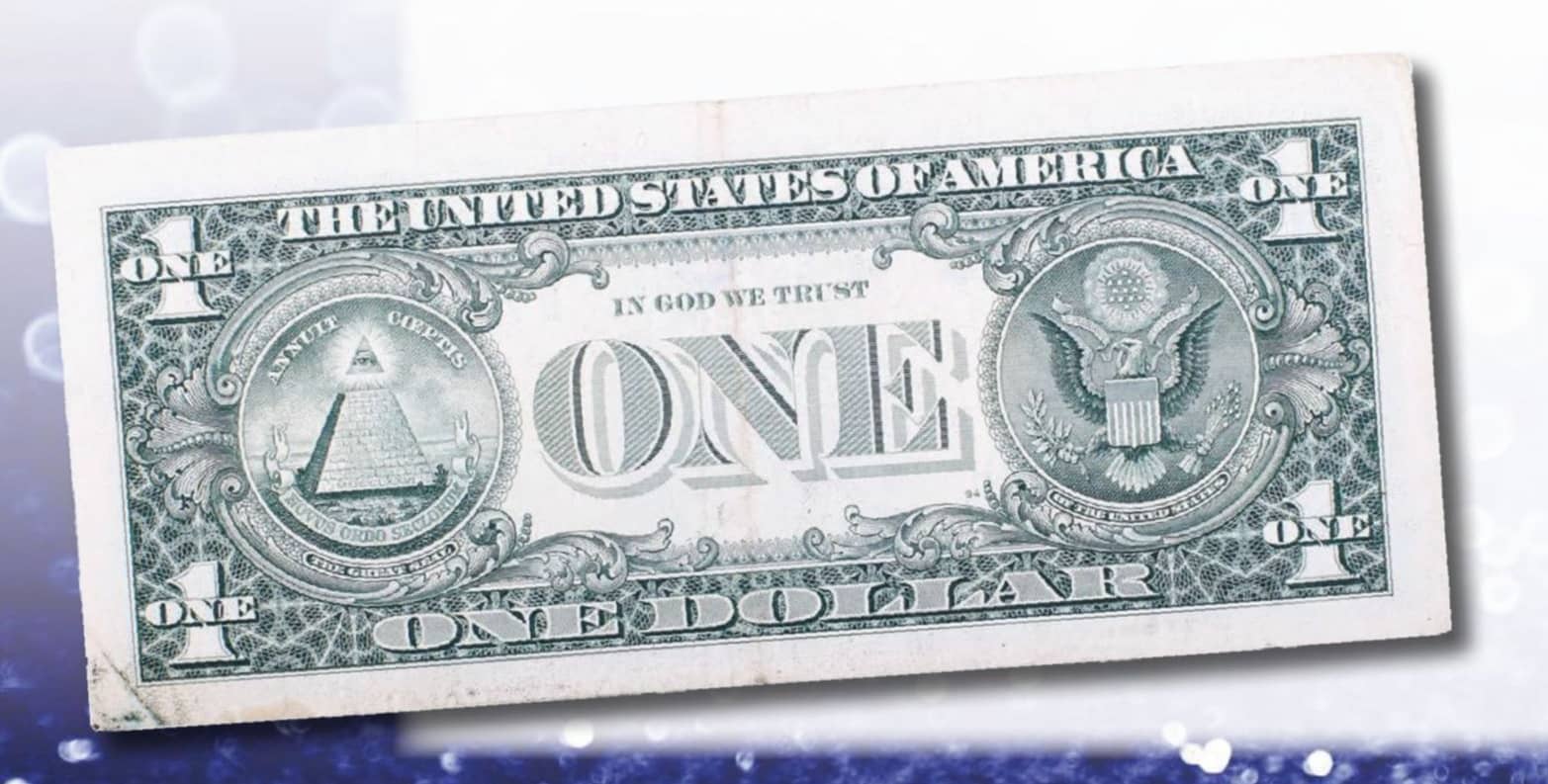
It reveals the Founding Fathers’ respect for the Haudenosaunee Confederacy. Just as a bald eagle sits as a lookout atop the Haudenosaunee Tree of Peace, a bald eagle appears on the U.S. bill. The concept of a cluster of arrows representing a strong union of individuals also originated with the Haudenosaunee. Seeking unity among the original Five Nations, the Peacemaker demonstrated how a single arrow was easily broken but many arrows bound together were not. The Haudenosaunee example of how unity could work influenced various American colonists who got to know them.
Getting to Know Each Other
Conrad Weiser was 17 years old when he went to live with the Mohawks in New York in the 1720s. Chief Quagnant taught him their language and customs. Weiser saw for himself the value of Haudenosaunee statesmanship. For nearly 17 years after his stay with the Mohawks, he helped negotiate treaties in Pennsylvania between the Haudenosaunee and the American colonists.
The Mohawks also adopted Irish merchant William Johnson. Johnson lived in New York. He became friends with Theyanoguin, a Mohawk leader known as Chief Hendrick. Johnson moved freely between Mohawk and colonial communities. In addition to being an advisor to the Haudenosaunee, he eventually became British Superintendent of Indian Affairs. In that role, he oversaw the relationship between the British and Native Americans who lived north of the Ohio River.
Making the Case for Unity
This story is from the November/December 2019 edition of Cobblestone American History Magazine for Kids.
Start your 7-day Magzter GOLD free trial to access thousands of curated premium stories, and 8,500+ magazines and newspapers.
Already a subscriber ? Sign In
This story is from the November/December 2019 edition of Cobblestone American History Magazine for Kids.
Start your 7-day Magzter GOLD free trial to access thousands of curated premium stories, and 8,500+ magazines and newspapers.
Already a subscriber? Sign In
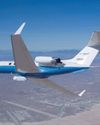
Eye in the Sky
An interview with Joe Piotrowski
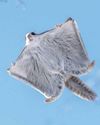
Airborne Animals
Humans have taken to the skies in balloons, gliders, and airplanes-but we're not alone among the clouds. Animals of all sorts have evolved to harness wind power.
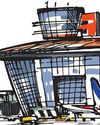
TAKING OFF
The Wright brothers expected airplanes to “take off,” but even they might be amazed at the way the airline industry has become big business. In the past, it was expensive to send something by plane.

GROWTH OF AN INDUSTRY
After their historic flight at Kitty Hawk in 1903, Wilbur and Orville Wright returned to Dayton, Ohio. They spent the next few years making adjustments and building additional versions of their powered aircraft in their bicycle shop.
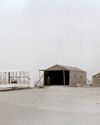
WHY KITTY HAWK?
The Wright brothers searched carefully for the best place to test their gliders and flying machines. Their main concern was for good, steady winds. But they also hoped to find a remote location to allow them to perform tests away from the public eye.
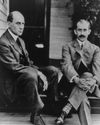
Two Brothers From Ohio
Most people do not realize that the Wright brothers—Wilbur, born in 1867, and Orville, born in 1871—performed various scientific experiments before inventing their aircraft. For as long as anyone in their hometown of Dayton, Ohio, could remember, the Wright boys had worked on mechanical projects.
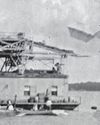
A Helping Hand
May 6, 1896. A group of people who had gathered beside the Potomac River, just south of the U.S. capital, grew quiet. Then, it erupted in cheers as a small, unmanned aircraft took to the skies and flew for more than half a mile. The flight came seven years before the Wright brothers’ first manned, powered flight. The inventor of the aircraft was Dr. Samuel Pierpont Langley.
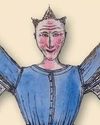
THE IDEA MEN
People dreamed of flying thousands of years before the Wright brothers found success near Kitty Hawk, North Carolina. These dreamers, such as Leonardo da Vinci, studied birds flying and imagined how humans might do the same—if only they had wings. Other men developed a more hands-on approach to the topic. Early inventors made wings of cloth, glue, and feathers and tied these creations to their arms in an attempt to imitate nature.
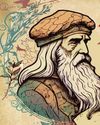
Da Vinci's 4 Designs
Have you ever wondered how a bird flies? Leonardo da Vinci (1452–1519) did. He thought that understanding how a bird flies would provide the key to human flight. So, what did da Vinci learn from birds?
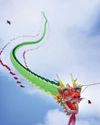
Silken Wings
Seven hundred years before the Wright brothers began experimenting with human flight, the Chinese had already mastered its secrets—with kites.